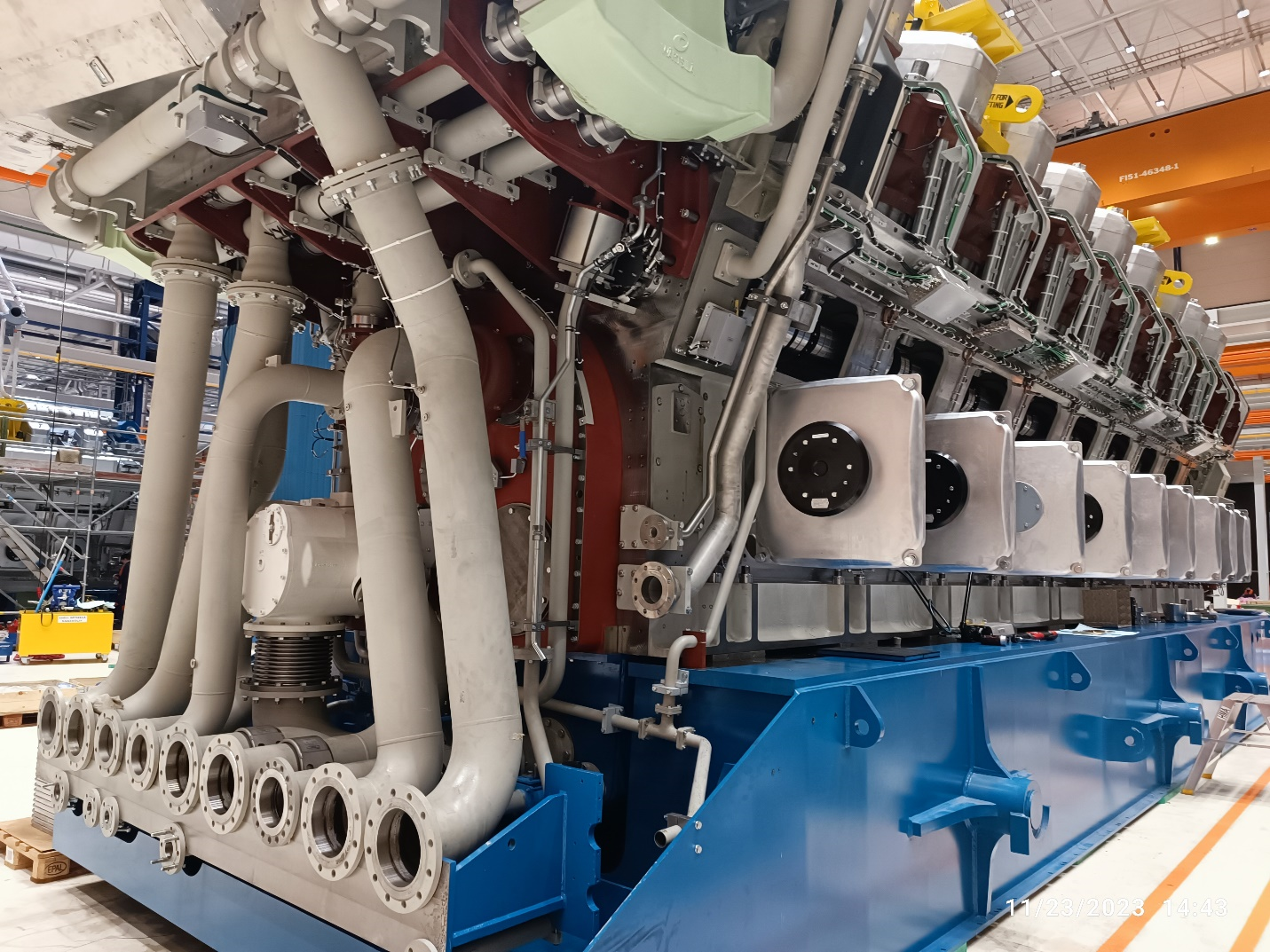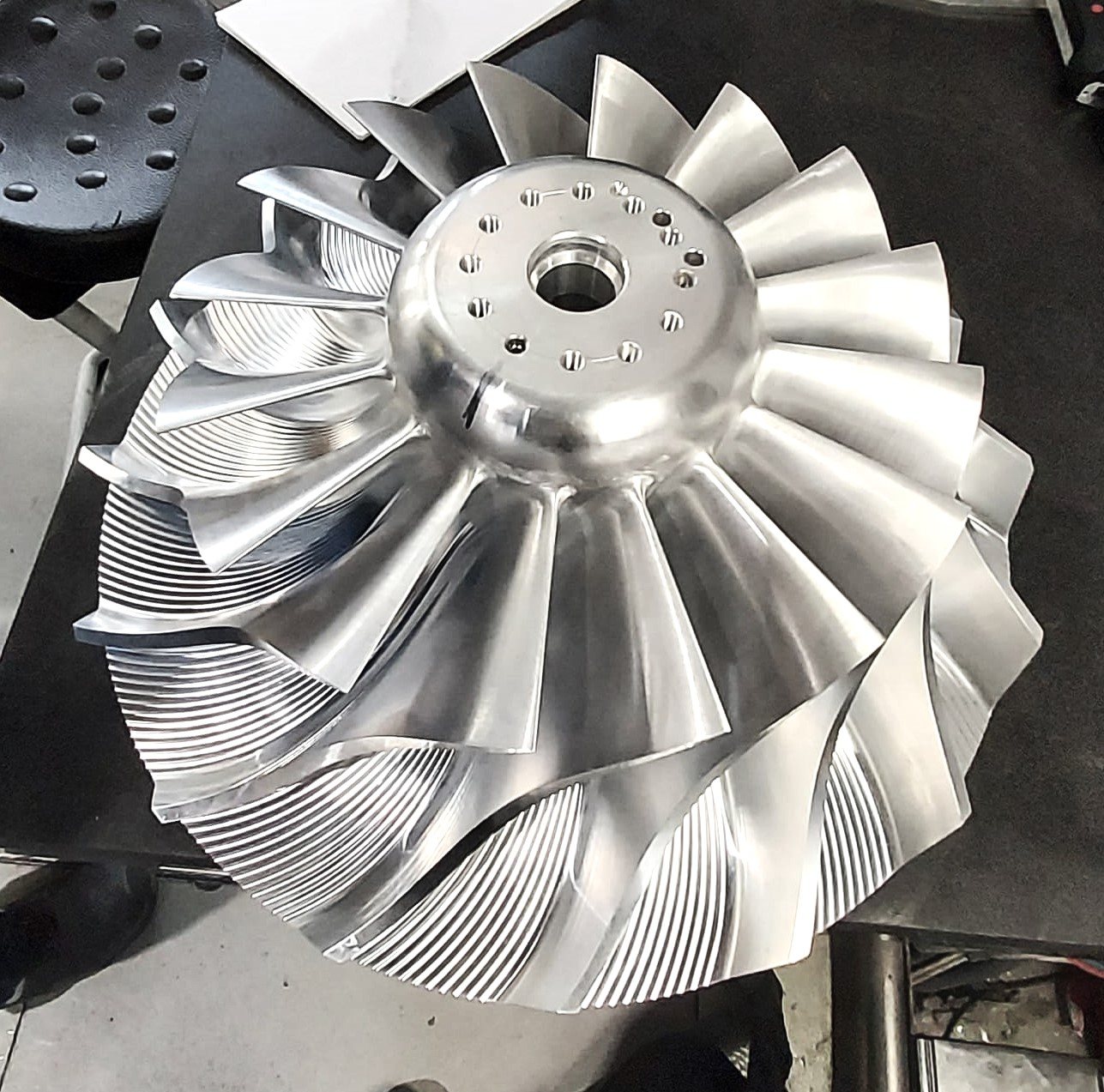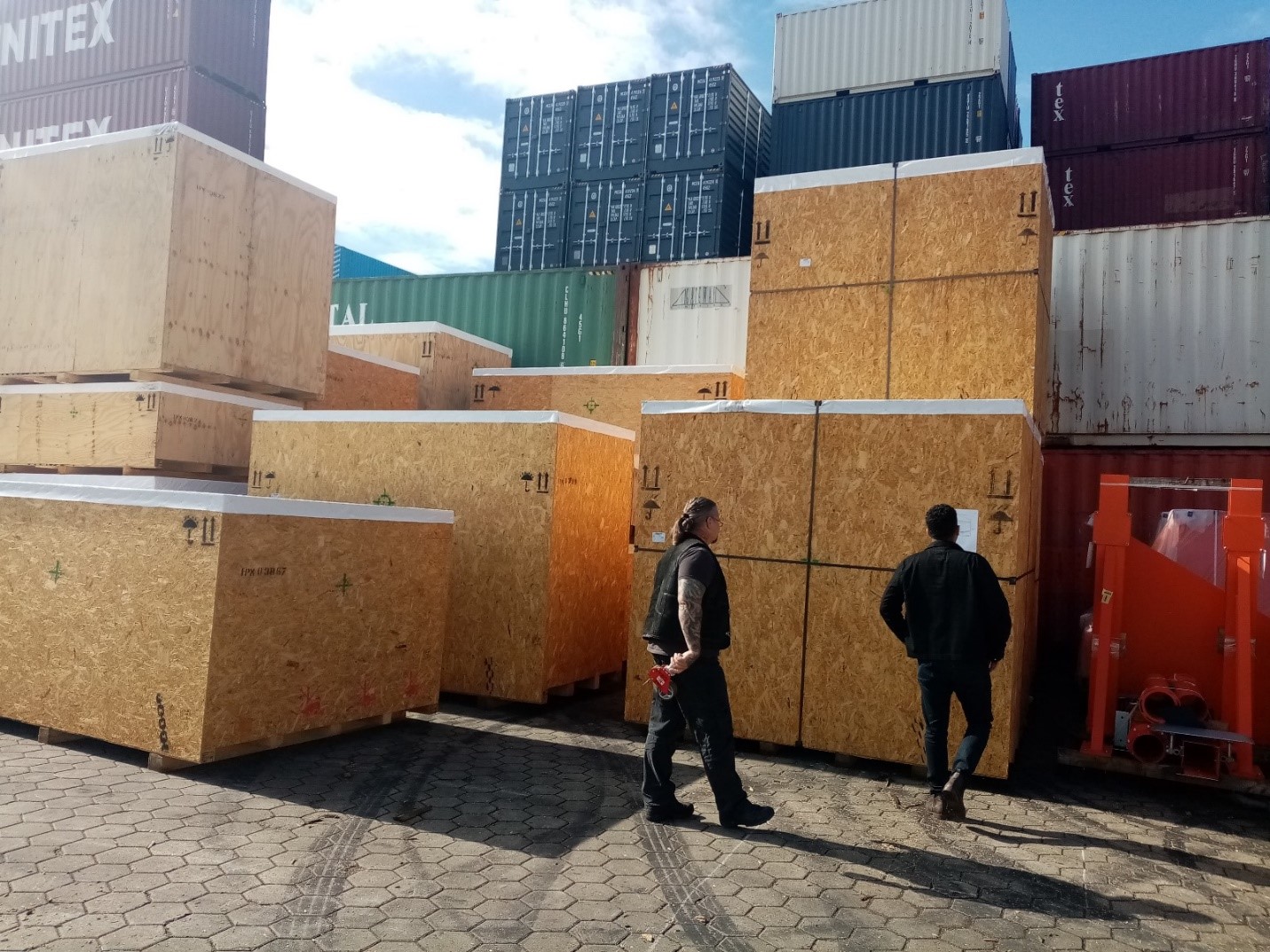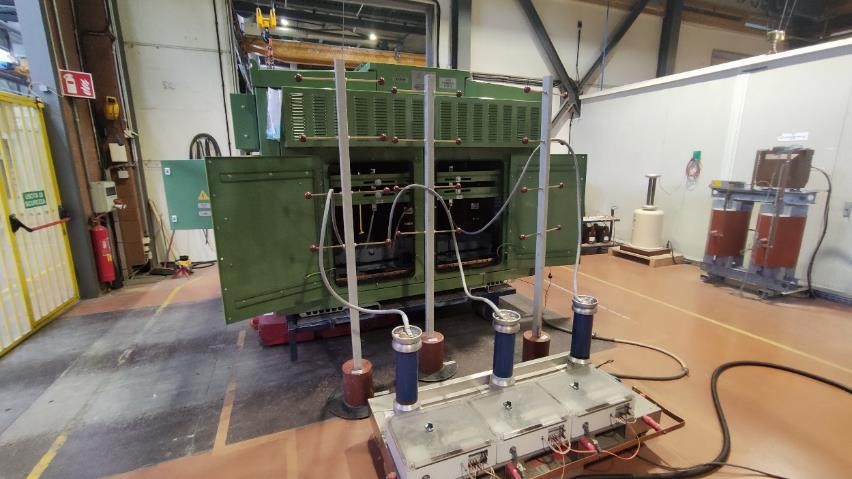Introduction:
Welded joints in a structure (such as equipment, pressure vessels, etc.) should be able to withstand simple or compound stresses applied to them statically or dynamically. Design and calculation of welds based on these application conditions, will be done. But one can’t judge the good and the bad of a weld just by its appearance. It is necessary to determine how flawless and satisfactory the weld is. For this purpose, several methods for inspection and testing of welds have been set and standardized which in any case depends on the application and its sensitivity. In some cases, inspection and the apparent judgment of the weld is sufficient and in some sensitive work requires testing and they have detailed and special inspections. Welding inspection and testing are two different issues that often come together. Inspection by monitoring the processes and products, to ensure properties and quality.
Definition: Welding technical inspection is a set of tests and quality control (test form maybe destructive or non-destructive) with the purpose of checking the characteristics of a product or process according to a guideline or standard. The results of these tests are compared with a set of defined acceptance criteria.
Why welding inspection needed?
To ensure the quality of the weld and its compliance with the requirements of welding standards, all welding agents at different stages of the components must be inspected and carefully controlled. This inspection should be planed so that the finding of defects is not delayed until the end of the project. All steps should be taken to prevent the weld from deteriorating and in case of failure, its causes determine and suggest ways and tools of troubleshooting. Deployment of inspection device in the workshop for making welded parts has reduced the cost of rework and gained experience in early stages of any project, leads to prevention of defects in later stages or similar work.
Characteristics and qualifications of the inspectors:
1) Technical inspectors should be fully familiar with engineering drawings and have a good drawing readability and knowledge.
2) Know internationally defined terms, welding marks and standard codes
3) Have sufficient information about welding processes
4) Be familiar with test methods in the standard
5) Have the ability to test the validity of welding
6) Have sufficient information about welding metallurgy, to be able to decompose when necessary
analysis of welding engineering issues
7) Have experience in welding and know the defects of welding and methods of prevention of defects
8) Have experience in inspection work
9) Prepare and record quality control reports in different stages
10) Have an effective presence in all stages of project construction
Welding Inspectors Duties:
1) Interpretation of welding drawings and their specifications
2) Check the purchase order in order to ensure the correct determination of materials welding and consumables
3) Check and identify the materials received according to the specifications of the purchase order
4) Investigation of chemical compounds and mechanical properties from reports and documents according to Specified requirements
5) Check the base metal for defects and permissible deviations
6) Investigate how to store filler metal and other consumables
7) Check the equipment used
8) Check the weld joint preparation
9) Check the pair and connection type
10) Check the application of approved welding instructions
11) Assessing the qualifications of welders and welding operators
12) Selection of production test samples
13) Evaluate test results
14) Record keeping
15) Prepare the reports




